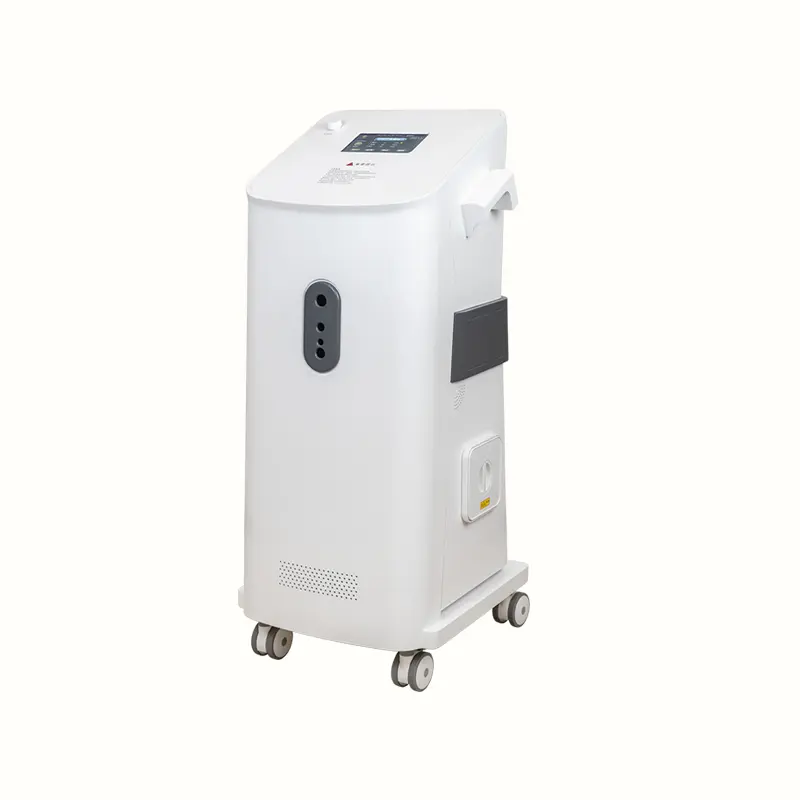Safeguarding Patient Safety: Internal Disinfection of Anesthesia Machines
Our team through qualified training. Skilled professional knowledge, powerful sense of support, to satisfy the support desires of consumers for
Introduction:
Anesthesia machines play a vital role in patient care, providing a controlled and safe administration of anesthesia during surgical procedures. Ensuring the cleanliness and disinfection of these machines is of paramount importance to prevent the spread of healthcare-associated infections and safeguard patient safety. In this article, we will delve into the significance of internal disinfection of anesthesia machines, explore the recommended procedures, and highlight best practices.
The Significance of Internal Disinfection:
Internal disinfection of anesthesia machines refers to the process of cleaning and disinfecting the internal components and surfaces of the machine. While external surfaces are routinely cleaned, internal disinfection is equally crucial as bacteria, viruses, and other pathogens can contaminate these areas. Failure to adequately disinfect anesthesia machines can lead to cross-contamination between patients, resulting in life-threatening infections. Therefore, it is critical to establish a robust internal disinfection protocol.
Recommended Procedures and Best Practices:
1. Disassembly: Begin the process by disassembling all removable parts of the anesthesia machine according to the manufacturer's instructions. This includes vaporizers, breathing circuits, and other detachable components. Carefully label each part for easy reassembly.
2. Cleaning: Thoroughly clean all disassembled parts using detergent and water, followed by rinsing with clean water. Remove any visible debris, blood, or secretions. Use dedicated brushes or other tools recommended by the manufacturer to reach difficult-to-access areas. Pay special attention to the breathing circuit and any connectors or valves.
3. Disinfection: After cleaning, disinfect all parts with an appropriate disinfectant recommended by the manufacturer or regulatory guidelines. Ensure the disinfectant is compatible with the materials used in the anesthesia machine to avoid damage. Pay attention to contact time requirements specified by the disinfectant and avoid rushing this step.
We aim at Ongoing system innovation, management innovation, elite innovation and market innovation, give full play to the overall advantages, and constantly improve service quality.
4. Drying and Reassembly: Thoroughly dry all disinfected parts before reassembling the anesthesia machine. This step is crucial to prevent moisture-related issues. Follow the manufacturer's instructions for correct reassembly to guarantee proper functioning and prevent any potential risks.
5. Regular Maintenance: Implement a regular maintenance schedule to ensure that anesthesia machines are routinely inspected, cleaned, and disinfected internally. Establish an accountability system to track and document all disinfection procedures.
Conclusion:
Internal disinfection of anesthesia machines is a critical aspect of maintaining patient safety and preventing healthcare-associated infections. By following recommended procedures and best practices, healthcare providers can significantly reduce the risk of cross-contamination between patients. Implementing a robust internal disinfection protocol and adhering to routine maintenance schedules will ensure that anesthesia machines continue to be reliable and safe throughout their service life. Safeguarding patient safety should always be the top priority, and internal disinfection plays a crucial role in achieving this.
We seriously promise that we provide all the customers with the best quality products, the most competitive prices and the most prompt delivery. We hope to win a resplendent future for customers and ourselves.
